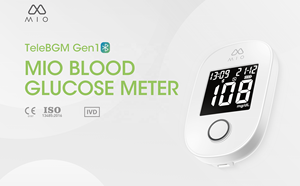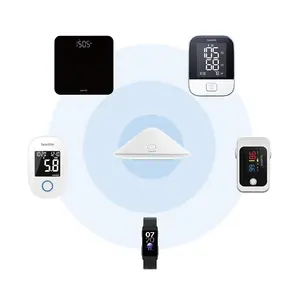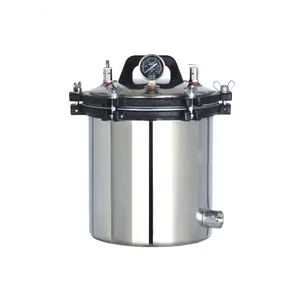Sektörünüzde popüler












































































İlgili Aramalar:


























































































































































En iyi kategoriler
test şeritleri için glükometre hakkında
Diyabetle uğraşırken sağlıklı bir kan şekeri dengesi çok önemlidir. Alibaba.com'daki güvenilir test şeritleri için glükometre, eksiksiz bir kullanıma hazır sette gelir. Görünür kol düğmeleriyle sayaçların kullanımı kolaydır. Önemli bir şekilde, ürünlerin hijyen açısından bakımı basittir. Aynı şekilde, hesaplama test şeritleri için glükometre kan şekerinin periyodik ortalama verilerini verme yeteneğiyle dijitaldir. Basit talimatlarla, kullanıcı güvenle temizleyebilir ve saklayabilir.
Kan test şeritleri için glükometre hızlıdır ve yerinde hassas ölçümler verir. Veriler güvenlidir ve bir düğmeye basılarak kolayca alınabilir. Yeniden kullanılabilir glikoz ölçüm cihazları ile kullanıcı daha az klinik ziyarete sahip olacak ve paradan tasarruf edecek. Taşınabilir cihazlar, herhangi bir kliniği kontrol etmeden bir bölgeden diğerine geçerken yardımcı olur. Veri depolama alanı geniştir ve büyük giriş koleksiyonları için yer sağlar.
Alibaba.com'da tıbbi ürünü test şeritleri için glükometre satın almak isterken, alıcı birincil kullanımı düşünmelidir. Teknolojik sistem veri dağıtımı için çok önemlidir. Bakım maliyeti ve hijyenik koşullar çok önemlidir. Hatırlatıcılar, meşgul olduğunda düzenli kontrollerde yardımcı olur. Bu nedenle, daha iyi bir yaşam geliştirmeye yardımcı olan şeylere yatırım yapmak daha iyidir.
Alibaba.com'daki rekabetçi test şeritleri için glükometre tüm alıcılar için çekici ve uzlaşmacıdır. Güvenilir tedarikçiler, bilinçli bir satın alma deneyimi için daha iyi kataloglara ve çeşitli fiyatlara sahiptir. Halk, daha iyi bir satın alma deneyimi için bilgi aramalı ve daha iyi bir yaşam tarzını canlandırmalıdır.











